:The-most-valuable-guidance-680x380.jpg)
Crockmeter(rubbing tester):The most valuable guidance
Contents
What is color fastness to rubbing?
Rubbing color fastness refers to the color change degree of colored textile material caused by a certain way of rubbing with the small white cloth on a specific equipment.
The color fastness of textiles can be divided into two types: Dry crocking and wet crocking. The wet crocking is tested when the fabric is wet. In general, wet fabrics tend to have poorer rubbing fastness. This is because the dye hydrolyzes easily and stains the adjacent fabric more easily. However, this is not always the case. Printed fabrics, for example, may actually be better when wet than when dry. This is because, with water stains covering the printed surface, but reduce the coefficient of friction, the surface is more smooth.
What does Crocking mean in fabric?
In the process of manufacturing, wearing and storage of the color of the cloth, the color changes due to friction, or the color is transferred to its adjacent fabric, which is called the color fastness of friction. Wearing clothes with poor color fastness to rubbing will not only stain other light colored clothes and affect the appearance, but also the surface dye will be easily transferred to the skin due to the friction of human movement. After being absorbed by the skin, the skin will be allergic to the skin or cause certain harm to the human body.
Therefore, when we buy clothes, we should not only pay attention to the beautiful color, but also pay attention to its intrinsic color fastness. Knowing some knowledge of textile testing helps people to buy clothes that are consistent inside and outside, which is of great benefit to improving the quality of life.
The color fastness to friction is one of the test items for the color fastness of textiles, which is also one of the most common test items in the process of textile trade. The relevant standards of major countries and regions in the world, such as China, Europe, the United States, Japan and other countries or regions, have put forward clear requirements for it. Starting in the next section, I’ll show you how to identify garments with poor color fastness to rubbing.
What is rubbing cloth?
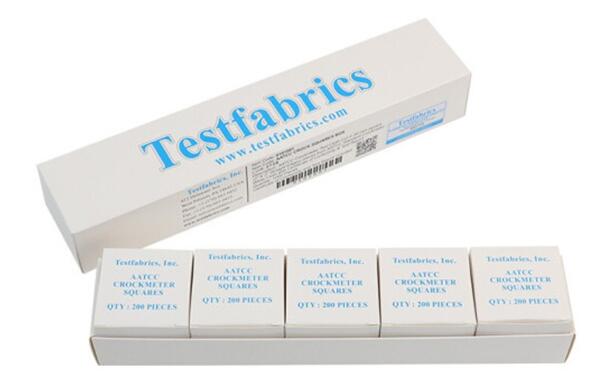
Friction cloth with friction color fastness testing machine, in the dry/wet condition of the standard requirements by setting a certain number of back and forth friction with AATCC standard fading gray card &AATCC standard stained gray card &AATCC standard nine grade color comparison card to evaluate its fading (discoloration) and staining grade, so as to evaluate its ability to simulate the cloth to contact with other substances when the color firm. This standard friction cloth is widely used in Japanese standards (JIS), American standards, European standards and Chinese national standards.
This test method is used to determine the degree of color transfer from colored textile material to rubbed white cloth by friction. This standard applies to all textile materials, whether yarn or fabric, whether dyed or printed or otherwise colored.
What is the size of Crocking cloth?
The following table shows the sample requirements for each standard
| ISO 105-X16 | 25mm×25mm |
| ISO105-X12 | 50 mm×140mm |
| ISO 105-D02 | 50 mm×140mm |
| AATCC TM 8 | 50 mm×130 mm |
| AATCCTM 165 | 50 mm×150mm |
| JIS L0801 | 40mm×100mm |
| JIS L0849 | 30 mm×220mm |
| JIS L0862 | 30mm×220mm |
Crockmeter(rubbing tester)
Y571M Manual Crockmeter (Rubbing Fastness Tester)
Application:
Y571M Manual Crockmeter (Rubbing Fastness Tester) is designed to determine the color fastness of textiles (pile fabrics excluded) to dry or wet rubbing. It provides a reciprocating rubbing motion simulating the action of a human finger and forearm. The 16mm diameter crocking finger covered with a cotton test cloth moves back and forth on the textile specimen with a downward force of 9 Newton.
Feature:
- Manual drive, simple operation;
- Count automatically.
Key specification:
| Rubbing stroke | (104±3)mm |
| Rubbing pressure | (9±0.2)N |
| Diameter of rubbing finger | Φ16mm |
| Counter range | 1~999,999 times |
| Dimensions | 630*165*255mm (L*W*H) |
Y571D Electronic Crockmeter/Rubbing Fastness Tester
Application:
Y571D Electronic Crockmeter/Rubbing Fastness Tester is designed to determine the color fastness of textiles to dry or wet rubbing, and provided with a crocking finger with a downward force of 9 Newton and the facility for mounting standard crocking fabric. A pinned acrylic sample holder ensures rapid sample mounting and repeatability of results. It is electronically driven to minimize operator variation.
Feature:
- Motor-driven to minimize operator error and improve efficiency.
- Using preset LED digital display counter, can set test times arbitrarily.
- Specimen clamp ensures rapid specimen mounting and prevents slippage.
- Two different sizes of rubbing heads can be used to meet different standards.
- The rubbing platform is treated with electroplating chromium to prevent rust.
- The roller of small wringer is made of brass and is durable.
Key specification:
| Rubbing stroke | (104±3) mm |
| Rubbing speed | 60 times/min |
| Rubbing pressure | (9±0.2) N |
| Rubbing head Circular | φ16mm (for ISO 105-X12, 105-D02, AATCC 8) |
| Rectangle | 19×25.4mm (for ISO 105-X12, AATCC 165) |
| Test times | 1-9,999, LED display |
Y571A Rotary Vertical Crockmeter
Application:
Y571A Rotary Vertical Crockmeter is used to determine the color fastness of textiles to rubbing off and staining other materials where the singling out of areas is smaller than possible to test with the apparatus described in AATCC TM8 and ISO 105-X12. A test specimen held at the base of the rotary vertical crockmeter is rubbed with a standard rubbing cloth under controlled conditions.
Feature:
- Stainless steel structure, durable and easy to clean;
- Turn the manual handle to drive the reciprocating rotary motion of the vertical weighted rod. The manual handle is turned in one direction only;
- Compact and space-saving.
Key specification:
| Pressure of rubbing head | 1134g |
| Diameter of test fingers | φ(25±0.1)mm, φ(16±0.1)mm |
| Reciprocating turns of vertical weighted rod | Rotate 1.125 turns (405°) and then reverse |
Y571A-II Electric ATCC Rotary Crockmeter
Application:
Y571A-II Electric ATCC Rotary Crockmeter to determine the color fastness of textiles to dry and wet rubbing, particularly for printer fabrics. Applies 1134g of pressure on a 16mm finger and it rotates 1.125 turns clockwise then anti-clockwise. The finger is driven electrically.
Feature:
- Driven by electricity, labor-saving;
- Special aluminum panel, beautiful and decent;
- Metal buttons, durable.
Key specification:
| Pressure weight | 1134g (11.2N) |
| Diameter of finger/rubber head | Ф16±0.1mm |
| Driven mode | Electric |
| Dimensions | 360×180×320mm (L×W×H) |
| Weight | Approx. 10kg |
Y571J Color Fastness (Gakushin) Tester
Application:
Y571J Color Fastness (Gakushin) Tester is a six-station rubbing tester used to determine the color fastness of textiles to rubbing. It consists of specimen stage, rubbing head, loading arm, horizontal reciprocation device, etc. Mount specimens on the specimen stage and undyed cotton cloths for rubbing on the rubbing head by abrasive clamps. After reciprocating rubbing motion for a specified number of times under certain conditions, the change in color of the specimens or the staining of the undyed cotton cloth can be assessed.
Feature:
- Each working station is equipped with a removable rubbing head and a set of clamp to allow up to six specimens tested simultaneously;
- With inching speed control;
- Protective cover protects operators’ hands from injury;
- Simple operation, equipped with preset function, the machine will stop automatically when the preset number is over.
Key specification:
| Number of working stations | 6 |
| Weight of rubbing head | 2N(200g) |
| Specimen stage surface radius | 200mm |
| Rubbing head surface radius | 45mm |
| Rubbing motion distance | 100mm |
| Reciprocating speed | 30rpm |
| Counter range | 1~9,999, settable |
| Power supply | AC220V, 50Hz |
How do you test the color fastness to rubbing?
Prepare the sample according to the standard you need, and then set the parameters with the instrument you have. After the experiment, use the color card to grade the standard rubbing cloth. More detailed steps can be found here.
Leave a Reply
You must be logged in to post a comment.

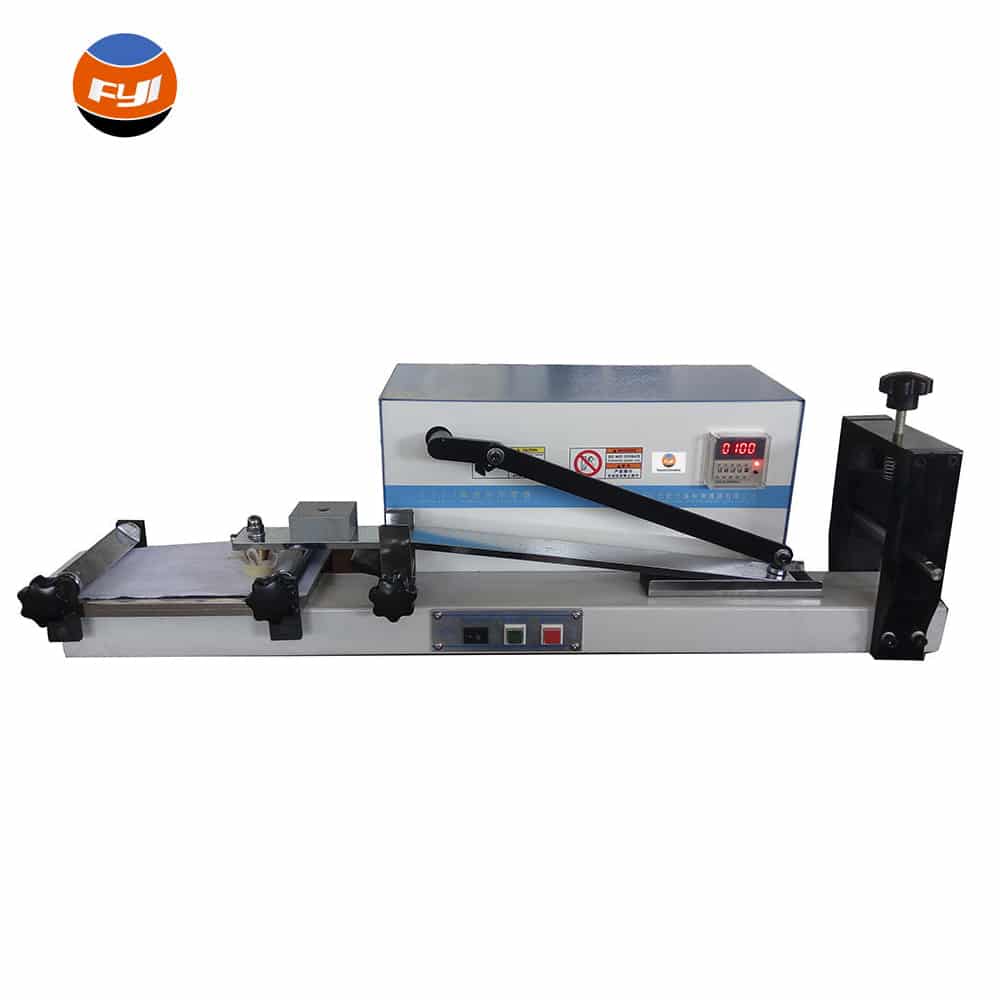
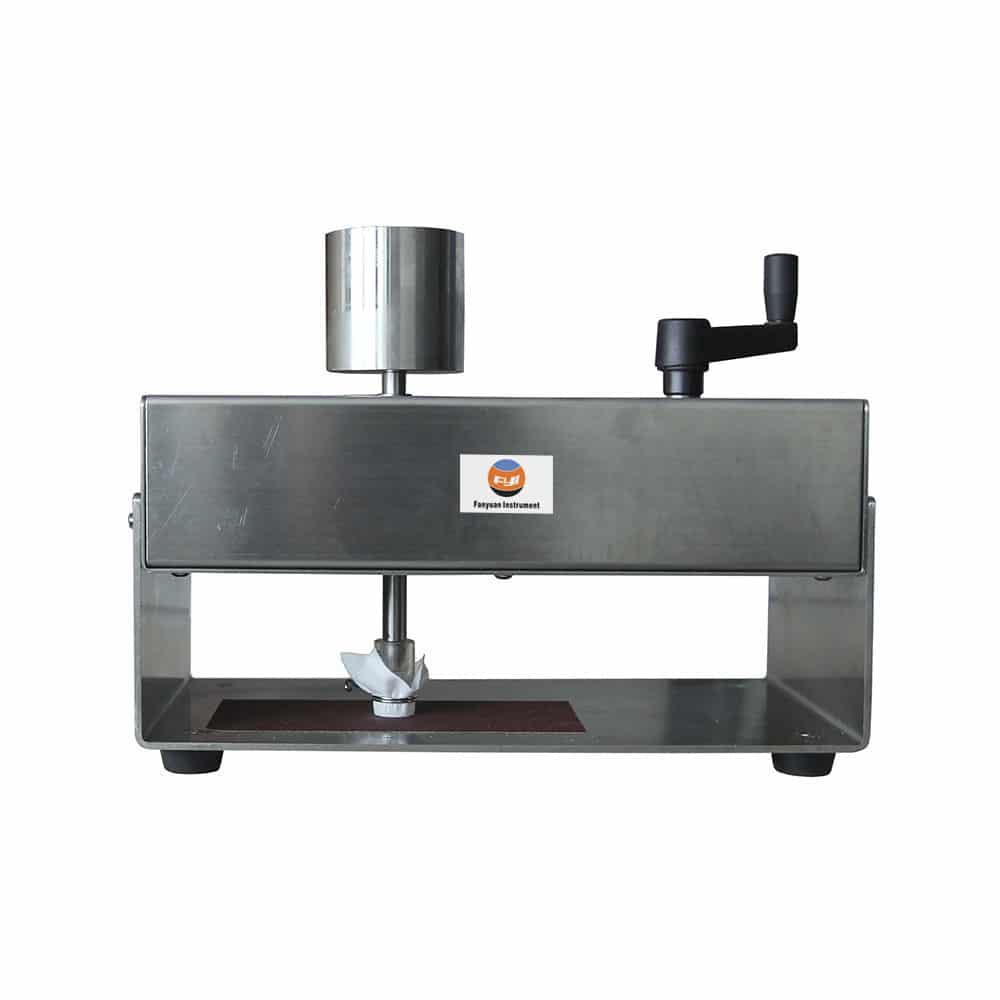
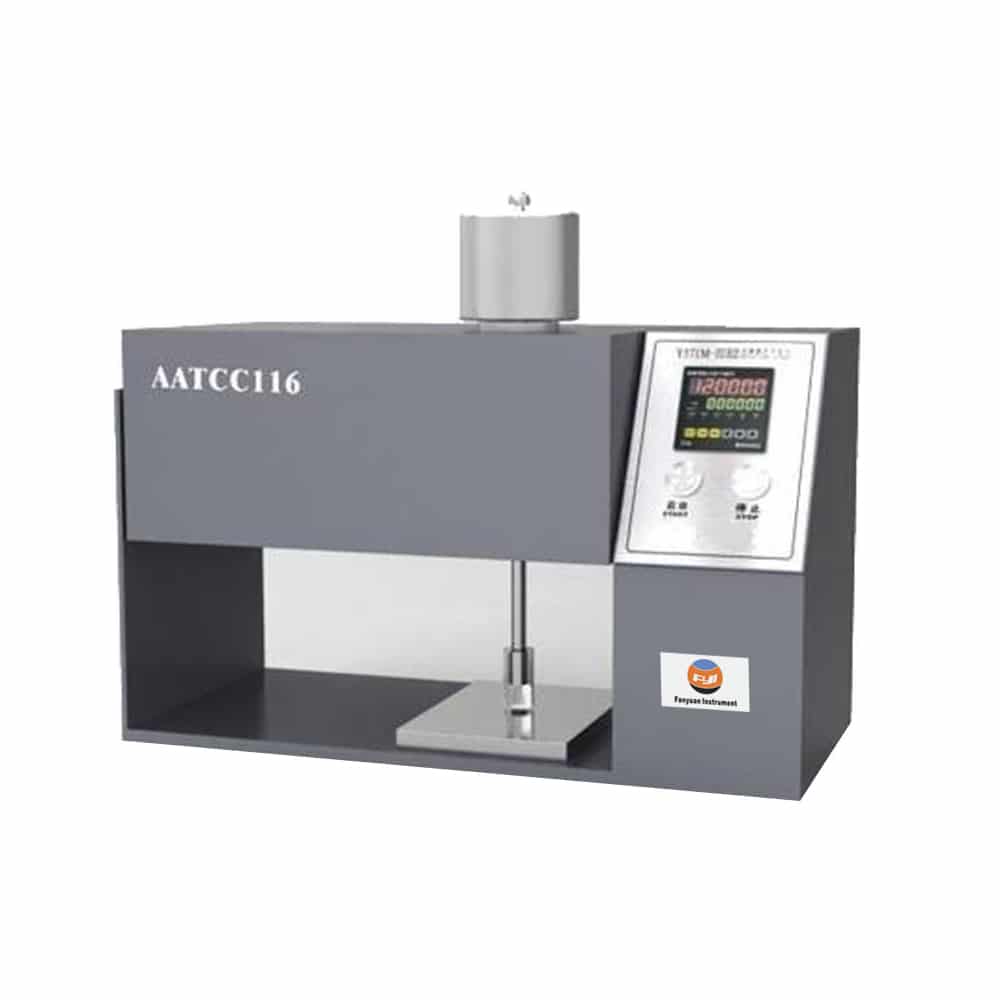
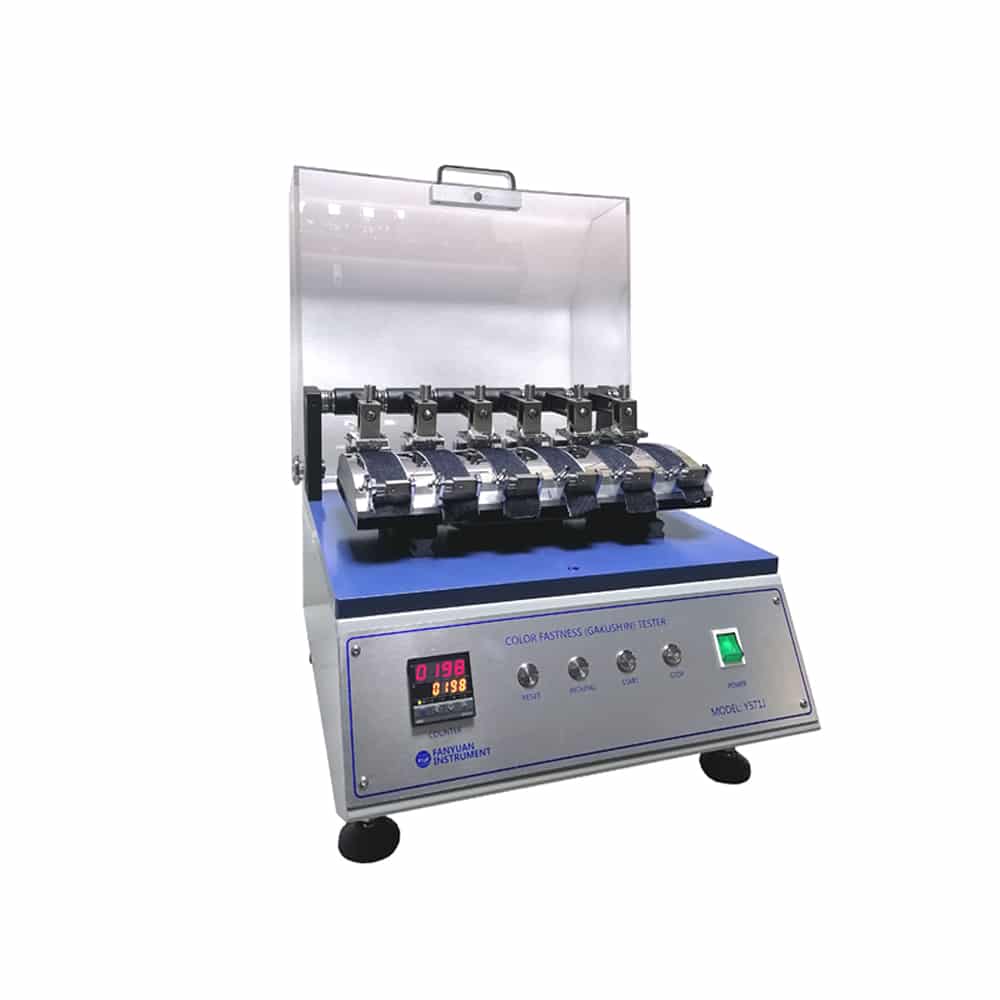
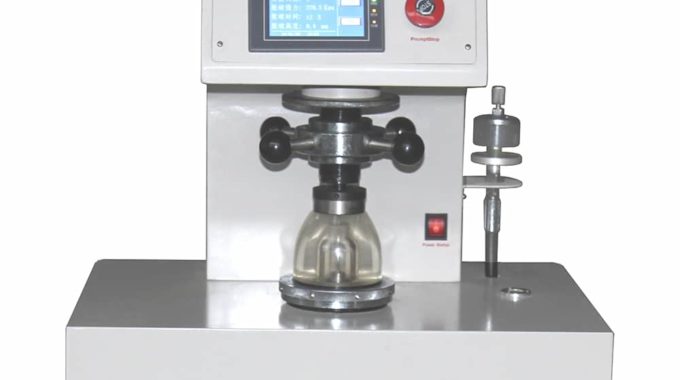
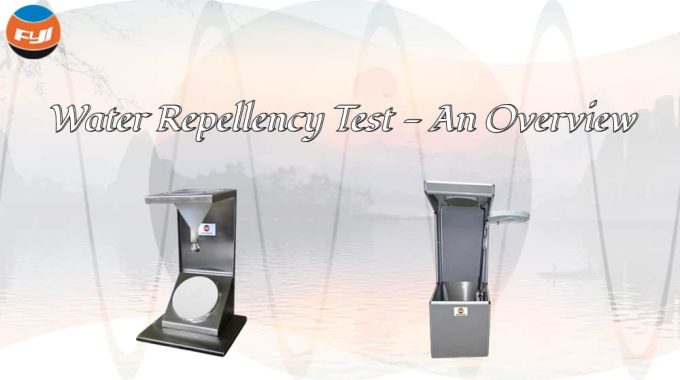
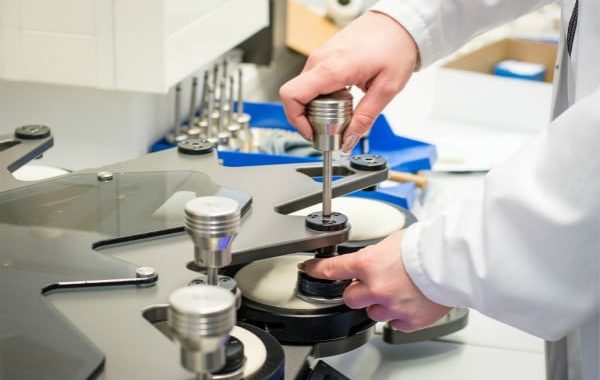
Very nice and interesting article. It`s always great to read about people who make all these useful things for us.
Excellent and well-written piece. Everyone will benefit from it. Thank you for your amazing post.